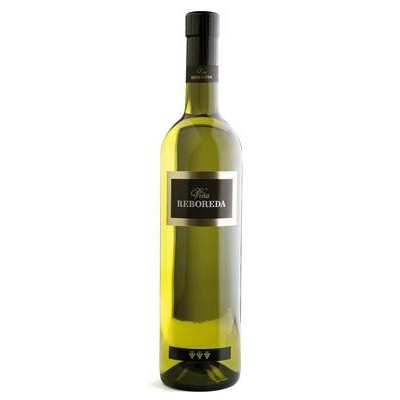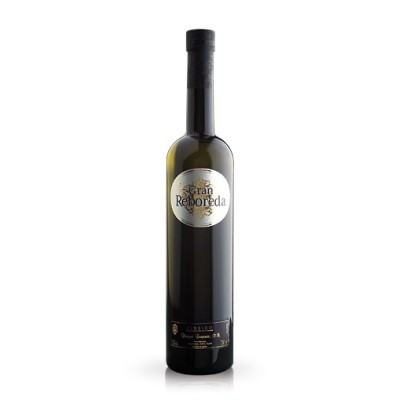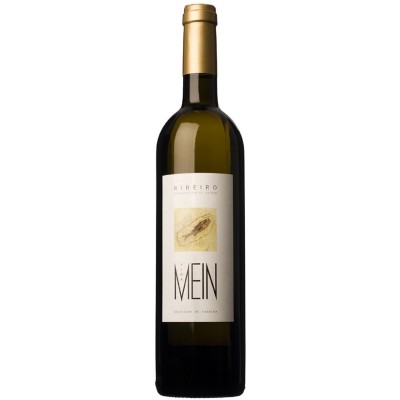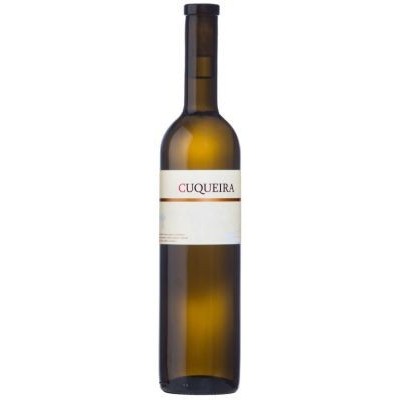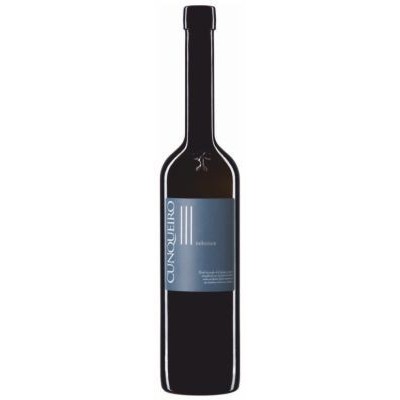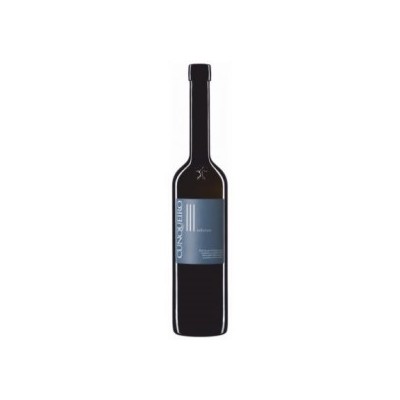- Home
-
Wines
addremove
- Spanish wines with D.O.addremove
- Bierzo
- Catalonia
- Cigales
- Conca de Barberá
- Costers del Segre
- Empordá - Costa
- Jumilla
- La Mancha
- Méntrida
- Montsant
- Navarra
- Penedés
- Pla de Bages
- Priorat
- Rias Baixas
- Ribeiro
- Ribera del Duero
- Rioja
- Rueda
- Somontano
- Terra Alta
- Toro
- Uclés
- Valencia
- Yecla
- Alicante
- Calatayud
- Almansa
- Valdeorras
- Málaga
- Tarragona
- Madrid
- Binissalem Mallorca
- Pla i Llevant
- Ycoden-Daute-Isora
- Manchuela
- Getariako Txakolina
- Ribeira Sacra
- VT Mallorca
- Local winesaddremove
- Champagne
- Spanish fortified winesaddremove
- Banyuls
- Tokaji
- Marsala
- Madeira
- Oporto
- Import Winesaddremove
- Bag in Box
- Cava
- Spanish wines with D.O.addremove
-
Whisky
addremove
-
Spirits
addremove
- Absinth
- Aguardiente
- Akvavit
- Anise Liqueur
- Aperitives
- Armagnac
- Brandyaddremove
- Catalonia
- Jerezaddremove
- Other areas
- Cachaza
- Calvados
- Cazalla
- Chinchón
- Cognac
- Ginaddremove
- Grappa
- Licouraddremove
- Marc
- Orujoaddremove
- Pacharán
- Pippermint
- Pisco
- Poire Williams
- Punch
- Ronaddremove
- Sambuca
- Cider
- Tequila
- Vermouth
- Vodka
- Mezcal
- Sake
- Ratafia
- Gourmet addremove
- Packs addremove
Ribeiro
Ribeiro
GEOGRAPHICAL LOCATION AND DATA OF INTEREST It is located in southern Galicia in the province of Ourense on the border with Portugal. It is known from the Roman historian Estrabón that Ribeiro wine was made from the 2nd century BC. During the Middle Ages until the 12th century, the region was famous for its sweet wines made from sun-dried grapes known as ribadavia. Around 1065, under the reign of D. García, the commercialization of ribeiro began, which was said to have 4 virtues: vigor, smell, color and flavor. The commercialization is consolidated from the 12th century thanks to the Monasteries of San Clodio, Melón and Oseira and the Order of Malta. In turn, the Jewish community residing in Ribadavia contributed to the export of wine to Northern Europe. There was also the fact that these wines were drunk by pilgrims on the Camino de Santiago who contributed to their export. During the s. XVII and XVIII these wines were exported to England. Currently the area preserves small producers called colleteiros, who produce traditional wine from their own grapes. CLIMATE It is clearly influenced by the Atlantic, temperate and humid. SOILS VINEYARDS AND GENERAL CHARACTERISTICS OF THEIR WINES The soils are fundamentally of granite origin with a tendency to acidify that must be corrected by winegrowers. The preferred grapes are white: Treixadura, Torrontes, Loureira, Godello and Albariño, and red: Sousón, Brancellao, Caiño, Ferron and Mencía. White wines are elegant, aromatic and with high acidity. If Treixadura, Loureria and Torrontes are used in the coupage, the wines have green apple fragrances and floral nuances. Since 2004, a naturally sweet wine called "toasted ribeiro" has been covered, different from red grape and white grape toast.
There are 7 products.
Availability: 100 In Stock
Vino blanco D.O. Ribeiro (España)
30% Palomino, Treixadura, Torrontés, Godello.
Availability: 100 In Stock
Vino blanco D.O. Ribeiro (España)
Treixadura, Godello, Loureiro.
Availability: 100 In Stock
Vino blanco D.O. Ribeiro.
80% Treixadura, 10% Godello, 5% Loureira.
Availability: 100 In Stock
Vino blanco D.O. Ribeiro.
80% Treixadura, 10% Godello, 5% Loureira.
Availability: 100 In Stock
Vino blanco, D.O. Ribeiro, Galicia (España)
Treixadura, Torrontes y otras variedades de la zona en pequeño porcentaje
Availability: 94 In Stock
Vino blanco, D.O. Ribeiro, Galicia (España)
Albariño, Godello, Treixadura y Loureira Blanca.
Availability: 94 In Stock
Vino blanco, D.O. Ribeiro, Galicia (España)
100% Torrontés


